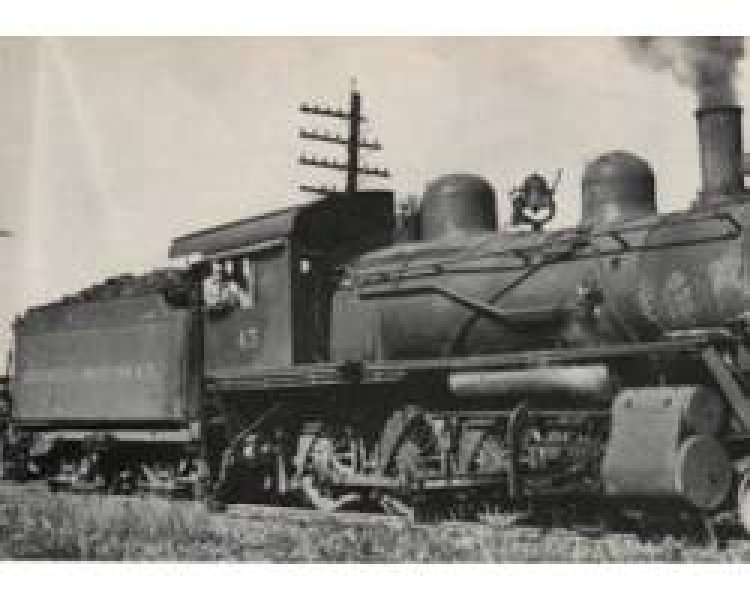Who Invented the Steam Engine? A History of the Steam Engine
The steam engine was a revolutionary invention that changed the world. This article explores the history of the steam engine, from its earliest beginnings to its modern-day applications. The steam engine was a revolutionary invention that changed the world. This article explores the history of the steam engine, from its earliest beginnings to its modern-day applications.

The steam engine is a machine that converts thermal energy into mechanical work. It is powered by steam, which is generated by boiling water. The steam is then used to turn a piston, which in turn drives a wheel or other mechanism.
The steam engine was a revolutionary invention that changed the world. It led to the Industrial Revolution, which transformed the way people lived and worked. Steam engines were used to power factories, ships, and trains, and they helped to create a new era of economic growth and prosperity.
Early history of the steam engine
The first steam engines were invented in the 17th century. These early engines were simple and inefficient, but they laid the foundation for the development of more powerful and efficient engines.
In 1712, Thomas Newcomen invented a steam engine that was used to pump water out of mines. Newcomen's engine was a significant improvement over previous steam engines, and it was used in mines for many years.
In 1769, James Watt invented a steam engine that was much more efficient than Newcomen's engine. Watt's engine was powered by a separate condenser, which allowed it to extract more energy from the steam.
The Industrial Revolution
Watt's steam engine was the key to the Industrial Revolution. It was used to power factories, ships, and trains, and it helped to create a new era of economic growth and prosperity.
Steam engines were used to power the machines in factories. This allowed factories to produce goods much faster and more efficiently than ever before. Steam engines were also used to power ships, which made it possible to transport goods and people over long distances.
The Industrial Revolution had a profound impact on the world. It led to the growth of cities, the rise of a new middle class, and the development of new technologies.
Modern steam engines
Steam engines are still used today in a variety of applications. They are used to power locomotives, ships, and power plants. Steam engines are also used in some industrial processes, such as the production of paper and textiles.
The steam engine was a revolutionary invention that changed the world. It led to the Industrial Revolution, which transformed the way people lived and worked. Steam engines are still used today in a variety of applications, and they continue to play a vital role in our economy.

















